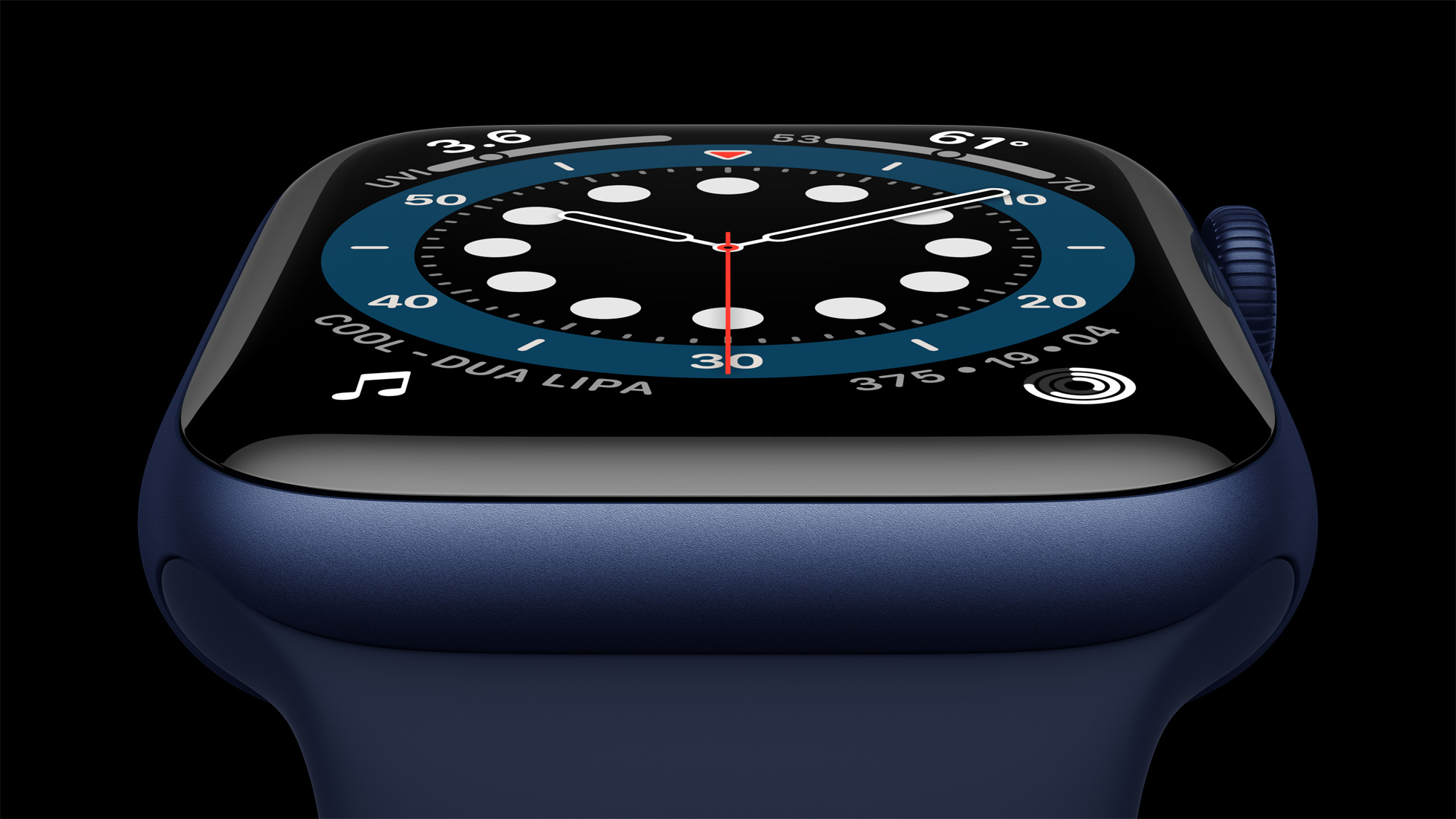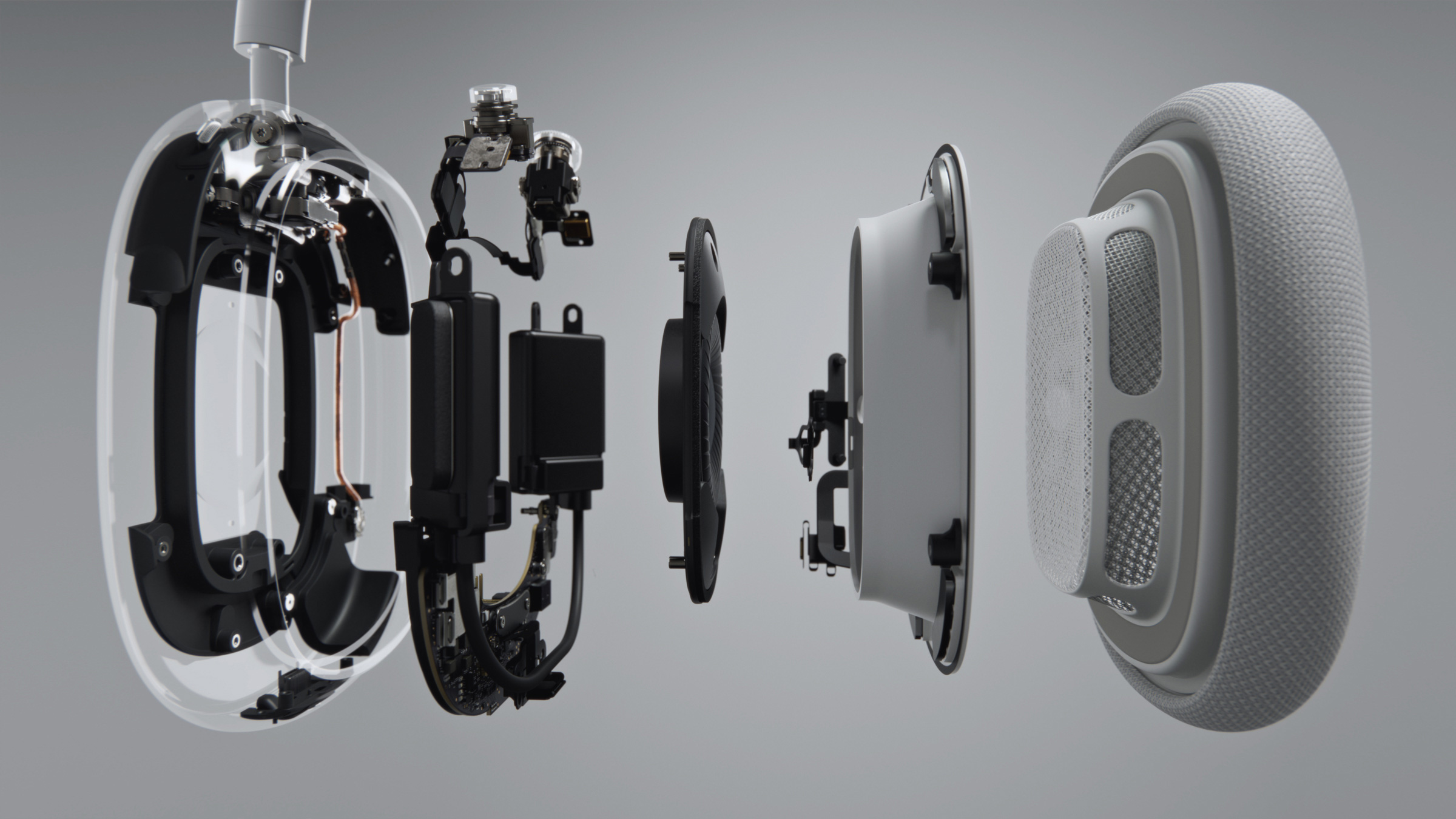Prior to ordering my pair of AirPods Max, I wrongfully assumed that they would have an “analog mode” where they’d behave like normal wired headphones and still work even if their batteries died. However, according to a few notable Apple influencers, this is not the case. AirPods Max do not have an analog mode – when they’re dead, they’re dead. At first, I felt a little conflicted after hearing this. After thinking about it a bit more, I think it makes sense for AirPods Max to be fully digital devices without an analog mode, so let me explain why.
Apple is opinionated. When Apple designs a product, they design it in a way where it can only be used completely or not at all. In the context of consumer electronics that rely on batteries, the experience of using an Apple product is reliant on its battery. This can be seen in recent products like Apple Watch and AirPods Pro. When an Apple Watch runs out of battery, it can no longer fulfill its primary purpose of telling time. Similarly, when AirPods Pro dies, you have to charge it before you can continue listening to music.
Apple Watch and AirPods Pro do not have “analog modes” that kick in after they run out of power. Well, I suppose you could still use the analog seal of AirPods Pro to block out some environmental noise, but Apple Watch is definitely useless from a timekeeping perspective once the battery is dead.
With this in mind, why would anyone expect AirPods Max to have an analog mode? Unlike Apple Watch and AirPods Pro, AirPods Max support wired connections (Lightning to 3.5mm cable), and this is precisely the reason why I assumed AirPods Max could be used as normal unpowered headphones once they run out of battery. I guess this is an example of people associating “wired connections” with “legacy analog systems”.
In this case, that belief no longer holds true. AirPods Max do support wired connections, but they have nothing to do with providing the analog headphone experience that we’re all familiar with. In other words, AirPods Max are explicitly an “on or off” device, and there’s no grey area where they can function over a wired connection after they run out of power. This makes complete sense if you think about what kind of product AirPods Max actually are.

Like AirPods Max, Apple Watch is fully digital.
Many people see AirPods Max as merely another pair of headphones, but they’re more than that. Normal headphones, including all the noise-cancelling models out there, don’t have 10 cores of computational power backed by a world-class research team developing game-changing features like Spatial Audio, Transparency Mode, and more. AirPods Max are not headphones. They are perhaps the first in a new class of computational audio devices that happen to use the traditional headphone form factor as we know it.
Like most of Apple’s products, AirPods Max are designed for tight hardware-software integration. Furthermore, Apple is arguably in the business of selling product experiences born out of said hardware-software integration, rather than products themselves. People buy iPhones for Messages, FaceTime, an excellent photography experience, iCloud, and more – these are all examples of hardware-software integration. So, with the AirPods Max, you’re not buying a pair of headphones. Instead, you’re buying a product that gives you access to flagship listening experience made possible by Apple’s tight hardware-software integration – what Apple refers to as “computational audio” in this context.

AirPods' Max are designed with software-derived enhancement in mind.
This is a very important concept to understand because it leads to a complete reframing of what AirPods Max actually is as a product. If you judge AirPods Max from the perspective of what traditional headphones and even some noise-cancelling models can do (work as normal headphones over an analog wired connection), you may end up being sorely disappointed. However, if you look at AirPods Max for what they truly are – software-enhanced computational audio devices that are “on or off” – then everything starts making a lot more sense.
The lack of analog mode on AirPods Max isn’t a deal breaker for me, as long as the wired connection has no latency. AirPods Max have a 20-hour battery life (more than enough for international flights), so I don’t think there will be many (if any) situations where I absolutely need headphones and they’re dead. Perhaps most importantly, the drivers in AirPods Max are probably tuned to perform well with Apple’s computational audio algorithms. Providing access to the raw sound of the drivers via a wired analog mode doesn’t do any good for Apple.
- There’s no upside for consumers because the majority of AirPods Max owners will use them wirelessly anyway. Again, the 20-hour battery life makes the lack of an analog mode a non-issue.
- There’s no upside for Apple because allowing access to the raw drivers is only going to cause confusion from an optics standpoint. Audiophiles and sound quality enthusiasts who have a bias for wired headphones are going to complain about how bad AirPods Max sound without software enhancements – this take is irrelevant to mainstream consumers, but will cause confusion and negative biases towards AirPods Max nonetheless.
Simply put, not allowing AirPods Max to act like normal headphones is a quality preservation strategy for Apple. What do you think about the lack of an analog mode for AirPods Max? Do you agree with my perspective on it, or do you think it’s a terrible take? Let me know via email, or reach out to me on Twitter.